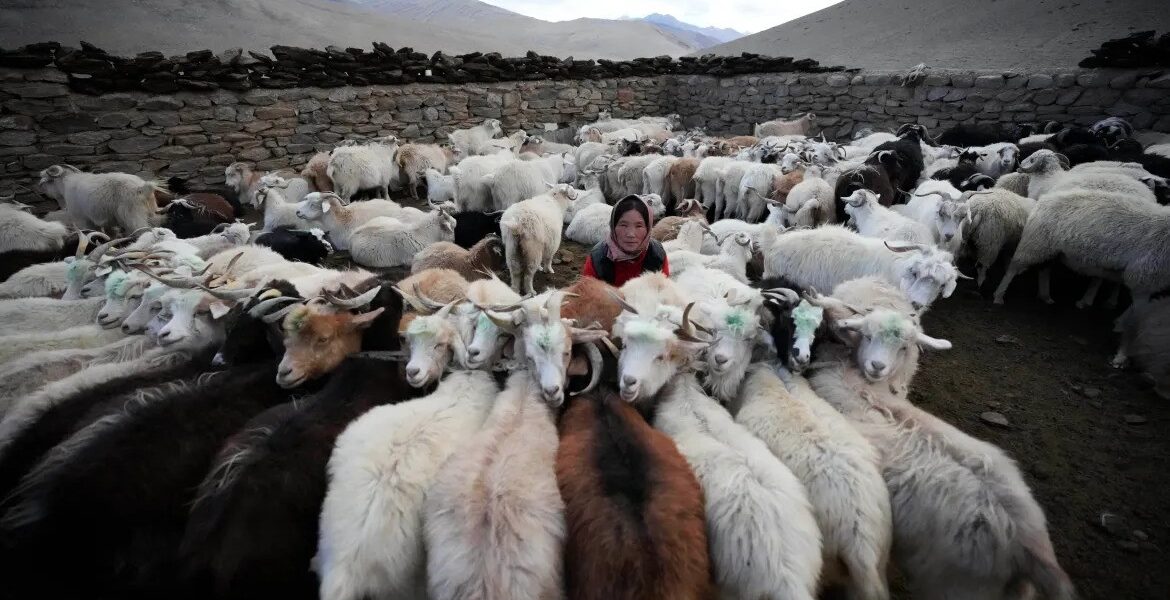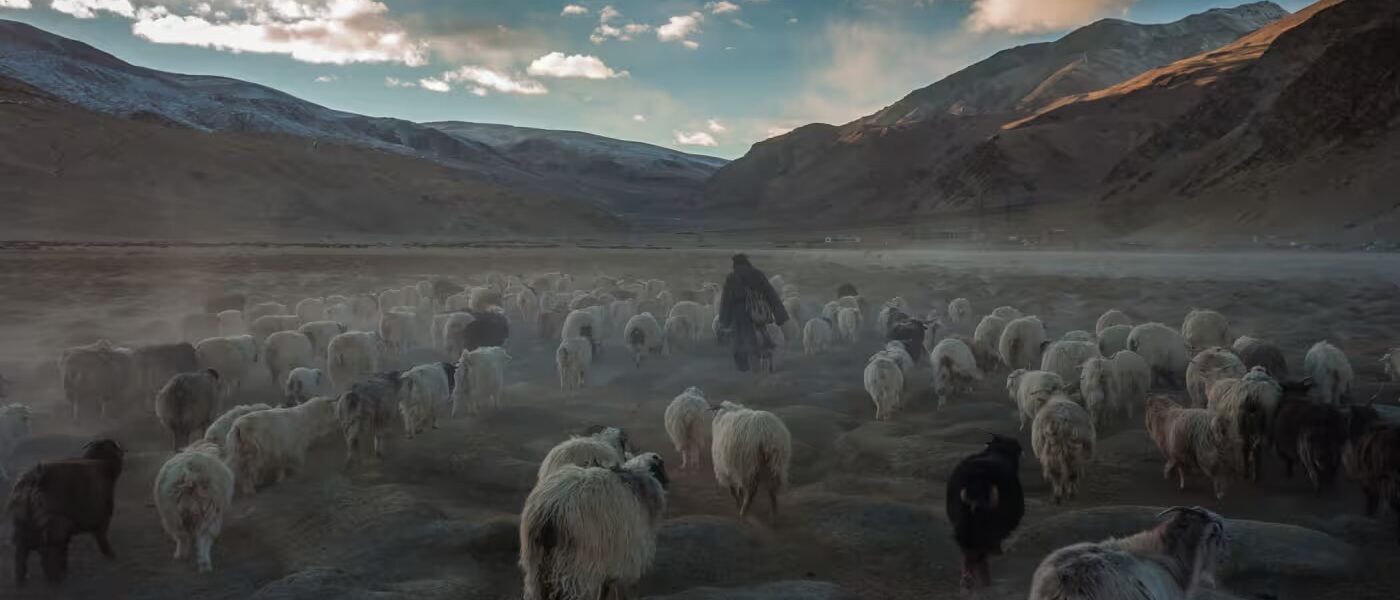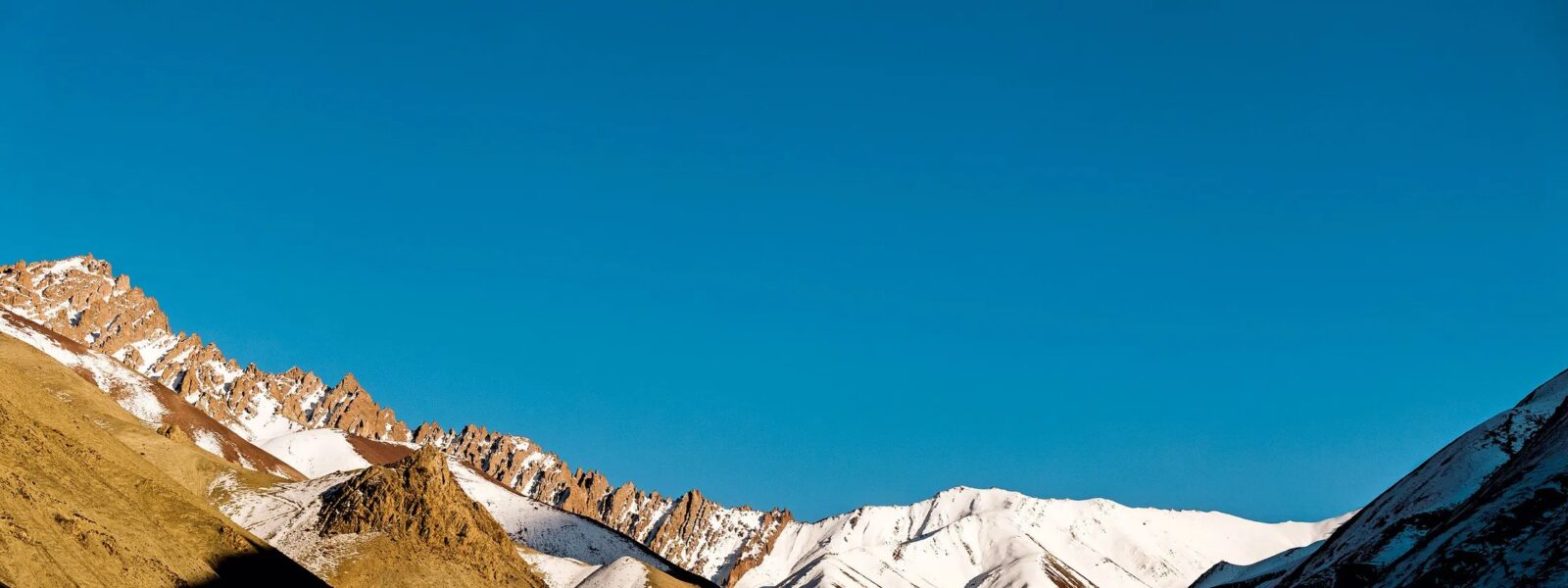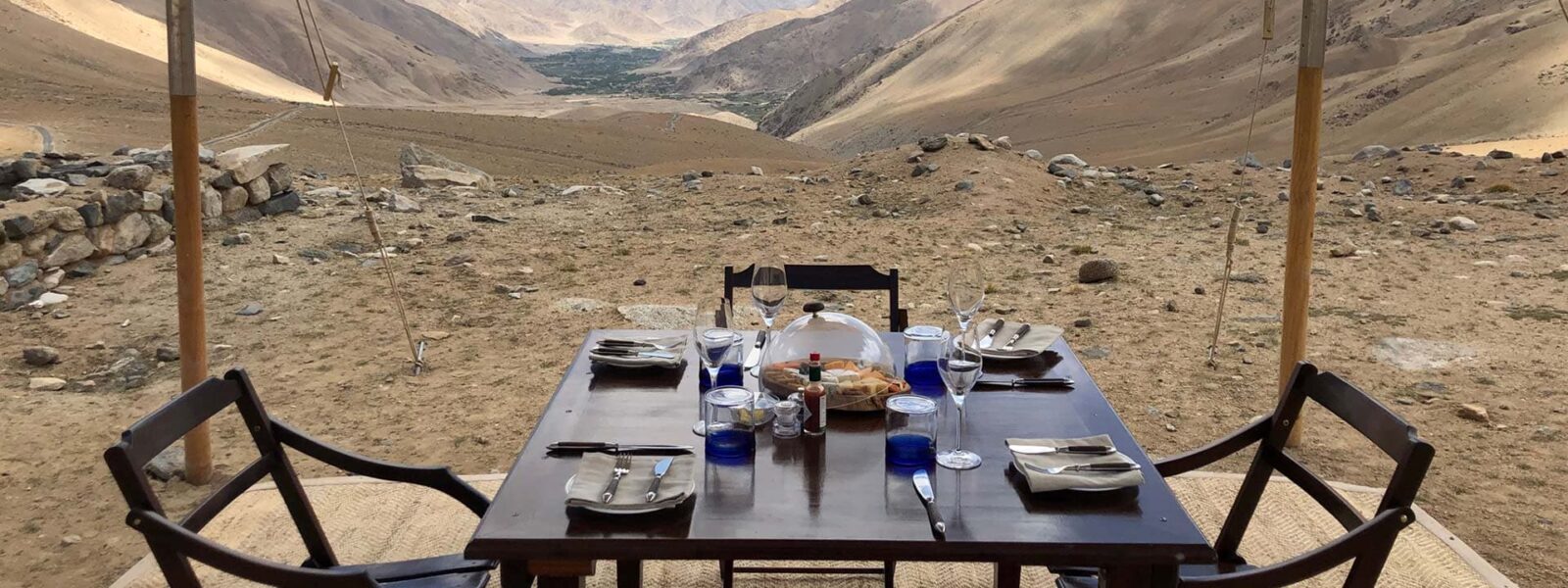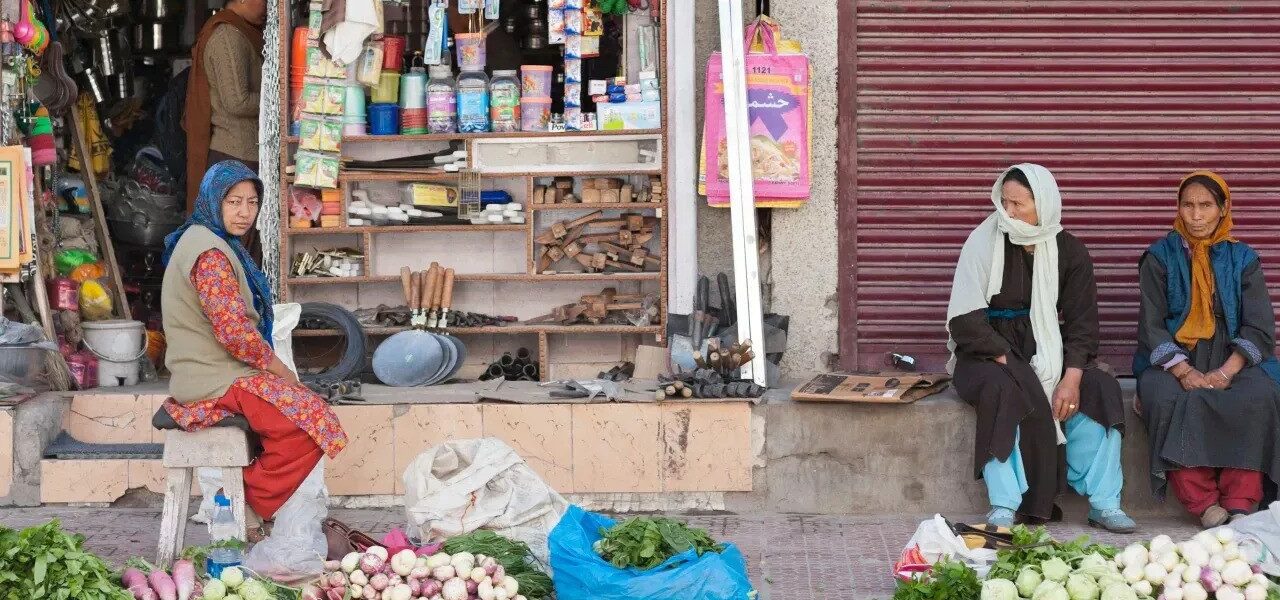High-altitude trekking in Ladakh is one of the most thrilling and rewarding adventures for trekkers, but it requires meticulous preparation. With its rugged terrain and elevations often exceeding 10,000 feet, Ladakh’s treks challenge not only your endurance but also your ability to acclimatize to the thin air. Proper fitness training and a well-balanced diet are essential to ensure you complete your trek safely and successfully.
In this comprehensive guide, we will walk you through how to physically and mentally prepare for high-altitude trekking in Ladakh, focusing on the right fitness routines, diet, and acclimatization strategies.
Why Training is Crucial for a High-Altitude Trek in Ladakh
Trekking in Ladakh, where elevations are much higher than sea level, places unique demands on your body. The reduced oxygen levels mean your lungs, heart, and muscles must work harder to perform routine tasks, making the trek more physically demanding.
Inadequate preparation not only increases the chances of exhaustion but also the risk of altitude sickness. Training in advance ensures your body is ready to face the steep ascents, uneven terrain, and the low-oxygen environment.

Key Challenges of High-Altitude Trekking
Reduced Oxygen and Its Effects on the Body
At altitudes above 8,000 feet, the air is thinner, meaning there’s less oxygen available. This can cause symptoms like shortness of breath, dizziness, and headaches, which are early signs of altitude sickness. Preparing your lungs through cardio exercises helps your body become more efficient at using oxygen, reducing the risk of these symptoms.
“I began training three months before my trek to Ladakh, focusing on cardio and breathing techniques. I could feel the difference—it made the higher elevations much more manageable.”
— Sophia Martinez, Engineer, Spain
Physical Strain of Steep Elevation Gains
High-altitude treks in Ladakh involve continuous elevation gains and losses, with some trails climbing over 16,000 feet. This puts a lot of stress on your legs, knees, and core muscles. Strength training is crucial to ensure that your body can withstand the physical demands of the trek without injury.
Developing a Fitness Routine for High-Altitude Treks in Ladakh
Training for a high-altitude trek in Ladakh requires a balanced fitness plan that includes cardio, strength training, flexibility exercises, and acclimatization strategies.
Cardiovascular Training for Improved Stamina
Cardio training is essential to improve your endurance and lung capacity, making it easier to handle the reduced oxygen levels at high altitudes. Running, cycling, swimming, and hiking at moderate altitudes are excellent ways to train for the trek.
You should aim for at least 3–4 cardio sessions per week, starting with 30 minutes and gradually increasing to 60 minutes.
“I started running and cycling four times a week, and it dramatically improved my stamina for the trek. By the time I reached Ladakh, I felt much more prepared to handle the thin air.”
— Kevin Patel, Fitness Trainer, USA
Strength Training to Tackle Mountain Terrain
Building strength in your legs, core, and upper body helps you carry your gear and navigate the uneven terrain. Squats, lunges, step-ups, and planks are some exercises to include in your routine.
A good strength training plan includes:
- Leg exercises: Squats, lunges, and calf raises to build endurance in your thighs and calves.
- Core exercises: Planks, Russian twists, and mountain climbers to stabilize your body on uneven terrain.
- Upper body exercises: Push-ups and pull-ups to help you with carrying a backpack for long hours.
Flexibility and Mobility Exercises for Endurance
Maintaining flexibility is vital for reducing injury risk, especially on rocky and uneven paths. Yoga, stretching, and foam rolling are excellent ways to increase your range of motion and keep your muscles supple.
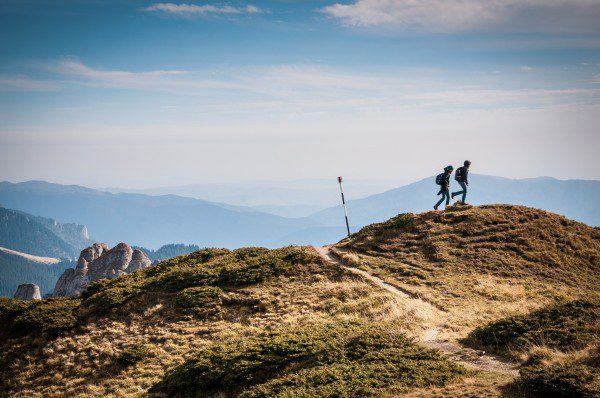
Key stretches for trekking:
- Hamstring stretches: To keep your leg muscles flexible for long ascents.
- Hip flexor stretches: To counter the strain on your hips from climbing.
- Shoulder stretches: To relieve tension after carrying a backpack for hours.
Acclimatization Tips for High-Altitude Treks
Gradual Acclimatization Strategies
Acclimatization is the process of gradually adapting to higher elevations to avoid altitude sickness. If possible, arriving in Ladakh a few days before your trek will allow your body to adjust to the altitude. During the trek, the golden rule is to climb high, sleep low—ascend during the day but return to lower altitudes to sleep.
“I spent two extra days in Leh before starting the trek, which made a huge difference. I could feel my body adjusting, and I didn’t experience any major altitude sickness.”
— Amelia Chen, Travel Blogger, Singapore
Breathing Techniques to Improve Oxygen Intake
To maximize oxygen intake, practice deep breathing exercises during your training. These techniques help increase lung capacity, making it easier to breathe at high altitudes.
Popular breathing techniques for trekking include:
- Diaphragmatic breathing: Breathing deeply into your diaphragm to maximize oxygen intake.
- Box breathing: Inhaling, holding, exhaling, and holding again, each for a count of four.
Pre-Trek Nutrition for Ladakh High-Altitude Treks
Carbohydrates for Sustained Energy
Carbohydrates are the primary source of fuel for long-distance treks. Ensure that your pre-trek diet is rich in complex carbs like whole grains, oats, and quinoa to provide sustained energy during your hike.
“I followed a high-carb diet in the weeks leading up to the trek, and it really helped me maintain energy levels during the long climbs.”
— Arjun Mehta, IT Specialist, India
Protein for Muscle Recovery and Strength
Protein helps repair muscles and keeps you strong, especially after long training sessions or trekking days. Incorporate lean meats, eggs, lentils, and nuts into your diet to ensure you’re getting enough protein to support muscle recovery.
Hydration Strategies for High-Altitude Trekking
Staying hydrated is crucial at high altitudes where the air is dry and dehydration occurs faster. Drink at least 3–4 liters of water daily and supplement with electrolytes to maintain hydration levels.
“I made a habit of sipping water frequently throughout the trek, and I never had any issues with dehydration. It’s something I can’t emphasize enough.”
— Laura Jenkins, Photographer, UK
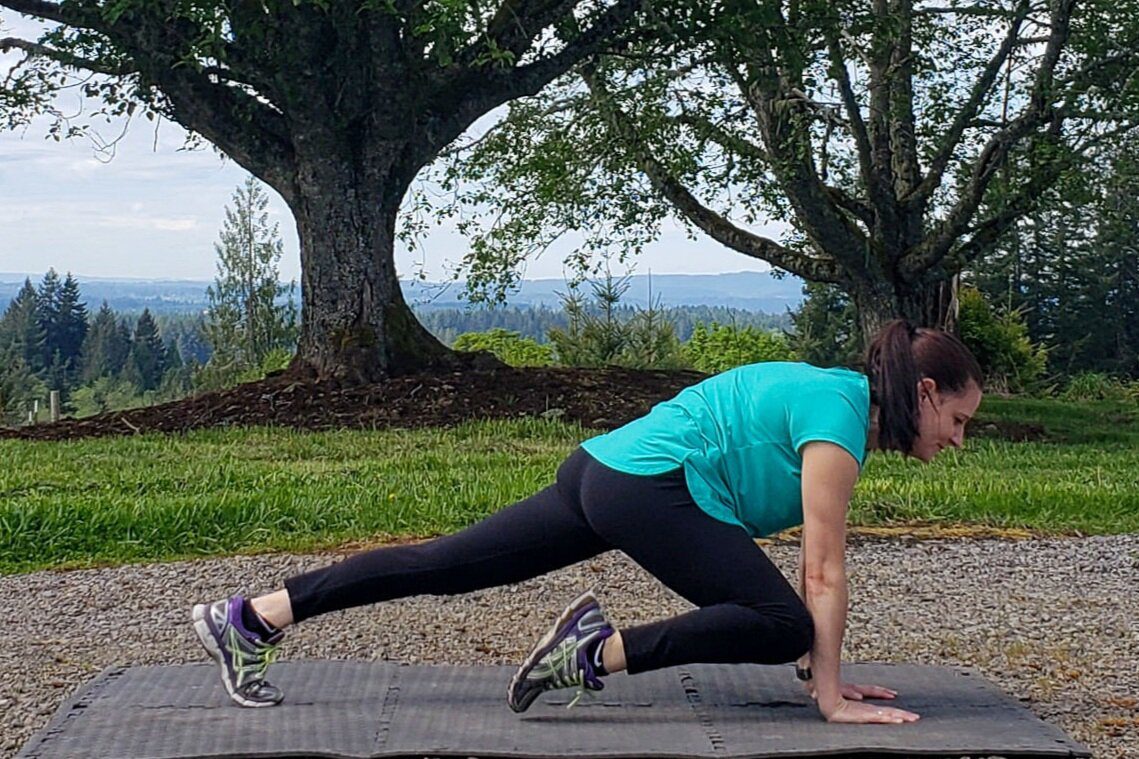
Mental Preparation for High-Altitude Treks
The Psychological Challenges of Trekking in Ladakh
High-altitude trekking can be mentally exhausting. The long, challenging days combined with isolation and altitude can wear down even the most experienced trekkers. Mental preparation is key to pushing through these moments.
Visualization and Meditation Techniques
Practicing visualization—imagining yourself succeeding in difficult trekking scenarios—can help improve mental toughness. Incorporating meditation into your training helps calm your mind and reduce stress during the trek.
Essential Gear for High-Altitude Treks in Ladakh
Clothing and Footwear for High Altitudes
The right gear is essential for keeping warm and comfortable on the trails. You’ll need layered clothing, including thermal base layers, insulating mid-layers, and a waterproof outer shell to protect against Ladakh’s harsh weather. Good quality trekking boots with ankle support are a must to protect your feet from the rough terrain.
Trekking Poles, Hydration Systems, and Accessories
Trekking poles are highly recommended to reduce strain on your knees during steep ascents and descents. Additionally, a hydration bladder or water bottles with built-in filters will ensure you stay hydrated without carrying excess weight.
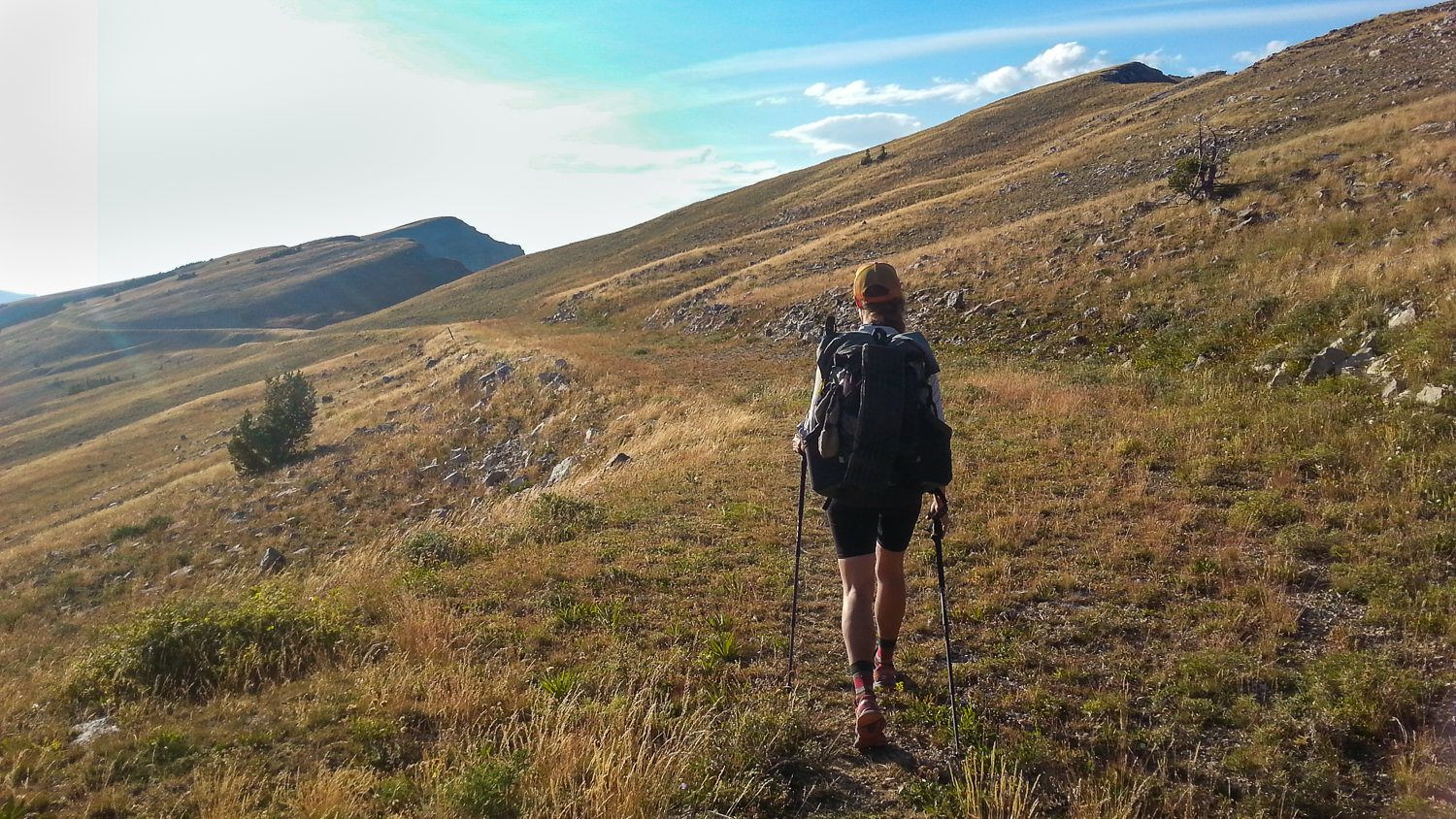
Preventing and Managing Altitude Sickness
Common Symptoms of Altitude Sickness
Symptoms of altitude sickness include headaches, dizziness, nausea, and fatigue. It’s important to recognize these symptoms early and take appropriate action, such as descending to a lower altitude or resting.
Natural Remedies and Medications
Natural remedies like ginger and garlic can help improve circulation and reduce nausea. Over-the-counter medications such as Diamox are also used by trekkers to prevent altitude sickness.
Recovery Tips After a High-Altitude Trek
Post-Trek Stretching and Yoga
After completing your trek, take time to stretch your muscles to prevent stiffness. Gentle yoga and foam rolling are excellent ways to aid recovery and help your body relax after the strenuous trek.
Nutrition for Faster Recovery
Replenish your energy with meals rich in carbohydrates, protein, and healthy fats. Post-trek meals should focus on rebuilding muscle and restoring glycogen stores.
Sample Training and Diet Plan for a Ladakh Trek
| Day | Training Focus | Diet Focus |
|---|---|---|
| Monday | 30-minute run + Strength | High-protein breakfast, carb-rich dinner |
| Tuesday | Hiking + Flexibility exercises | Hydration focus, balanced meals |
| Wednesday | Cycling + Core workout | Protein shake post-workout |
| Thursday | Yoga + Light strength training | Whole grains, lean protein |
| Friday | Long hike | Carb-loading with whole grains |
| Saturday | Rest + Stretching | Hydration and nutrient-rich snacks |
| Sunday | Moderate hike | Balanced meals with complex carbs |

Q&A Section
What are the best exercises to prepare for a high-altitude trek in Ladakh?
Cardio exercises such as running, cycling, and hiking, combined with strength training exercises like squats, lunges, and core work, will help you prepare for the physical demands of trekking.
How far in advance should I start training for a trek in Ladakh?
It’s recommended to start training at least 8–12 weeks before your trek to ensure you build sufficient stamina and strength.
What should I eat before a high-altitude trek?
Focus on a diet rich in carbohydrates, protein, and healthy fats to fuel your body for long treks. Include plenty of water and avoid heavy, greasy foods.
How can I prevent altitude sickness during my trek in Ladakh?
Gradual acclimatization, staying hydrated, and practicing breathing techniques can help reduce the risk of altitude sickness.
What is the best way to stay hydrated on a high-altitude trek?
Drink water regularly throughout the day and supplement with electrolytes to avoid dehydration.
Is mental preparation necessary for high-altitude trekking?
Yes, mental endurance is just as important as physical endurance. Visualization, meditation, and mental resilience training can help you stay focused and motivated during challenging moments.
Conclusion
Trekking in Ladakh is an exhilarating experience, but it requires thorough preparation. By focusing on a balanced fitness routine, proper nutrition, and mental fortitude, you can confidently tackle the high-altitude challenges that await. Start your training early, and enjoy every step of your Ladakh adventure!


